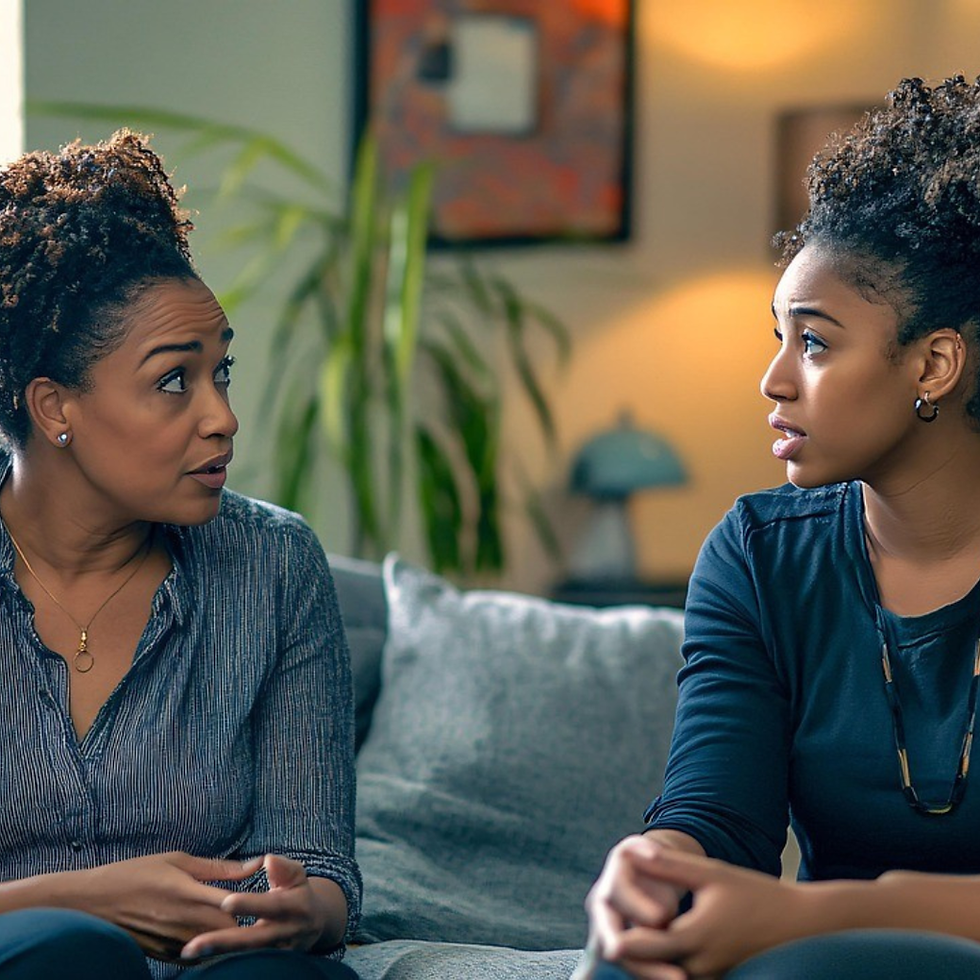Easter: The Ultimate Memento Mori
- Corinna Turner
- Mar 31, 2023
- 3 min read
Usually, around Easter time there is a huge focus on life. New life tends to take center stage, rationally enough in the Northern hemisphere since it is spring. Easter eggs, flowers, lambs, and chicks, although increasingly secularised and divorced from the true Christian meaning of Easter, still provide good symbolic reminders of what Easter is all about: resurrection.
But Easter is also, in many ways, the ultimate memento mori. Memento mori (Latin for Remember death) is an ancient spiritual practice intended to ground the Christian in the reality of life--which includes death, however hard we try to ignore that fact. The open tomb (a place for the burial of dead bodies) and the empty cross (a place of bloody death and execution) are the truest and most poignant symbols of Easter and they are memento mori to the core.
Yet this is an aspect of the season that no secular person and, sadly, few Christians, seem prepared to focus on. Eggs and flowers adorn many Easter cards simply because Christians feel they can send them more comfortably to less religious friends and family members. But we'd be lying to ourselves if we didn't acknowledge that eggs and flowers also make a more comfortable substitute for us than a picture of a tomb--even an empty one.
Of course, memento mori is a strong theme all through Lent, but it reaches its peak in Holy Week. We begin with Palm Sunday, with the entire reading of Jesus's passion, death, and entombment. We leave Jesus there in the tomb for the whole of Holy Week, the solemnity broken only by the celebration of the Last Supper on Holy Thursday and reaching its peak on Good Friday, when we mortify our bodies by fasting. Fasting is probably one of the most significant acts of physical penance most Catholics nowadays undertake and the reminder that we are dependent upon food--upon God--for our very life is a particularly powerful memento mori.
On Easter Saturday we wait, breathless with anticipation--for after Good Friday, Jesus, missing even from the tabernacle, is now in the tomb in a far more real and profound way than earlier in the week.
Dead. In the tomb. Where each of us will one day join Him.
And then on Easter Sunday Jesus rises from the dead. He unwraps the grave clothes. He leaves the tomb. Even the ultimate triumph of the resurrection is replete with reminders of mortality.
If we are prepared to open our eyes and acknowledge them.
The temptation to blank them out is huge and, many people nowadays might even consider, healthier. But is it really healthy to shun the ancient practice of memento mori? If we live in a fantasy that our life is endless, subconsciously thinking we will go on forever, can we really make good decisions? Being out of touch with reality has long been the definition of mental illness--do we wish to voluntarily embrace such a state of self-deception?
The Church has promoted the practice of memento mori as spiritually healthy since time immemorial--and with good reason. Memento mori isn't about negativity or being morbid. It's about opening our eyes and allowing ourselves to see--and embrace--reality. The full reality of our lives.
That we are here on earth for a brief time only.
And then we die. And our bodies are buried and decay as they await the time when Jesus will raise us from our tombs, reuniting our body and soul.
Just as He raised Himself that first Easter Day. That is the full remembrance of Easter. And yes, it's very memento mori. But it's healthy!
So I'd like to wish you all a very memento mori Easter!
Many Catholic Teen Books titles have strong memento mori themes, as various characters must, for a variety of reasons, face up to their own mortality.
In I Am Margaret by Corinna Turner, Margaret must choose between standing up for what she believes in, with deadly consequences, or submitting to an evil system that treats human beings as commodities and outlaws religion.
In Heaven's Hunter by Marie. C. Keiser, Randall Yung is faced with the prospect of his own death and must make hard choices about what is important to him, and how he will live his life.
In The Destiny of Sunshine Ranch by T. M. Gaouette, Micah has already lost his own family and now learns that he has a weak heart. While the other foster children struggle with the fact that he might die, Micah is strong in his faith and is grateful for the life he has had, and the people in it.
In The Boy Who Knew (Carlo Acutis) by Corinna Turner, Daniel finds his diagnosis of laekemia devastating--until his parish priest 'introduces' him to millenial teen Blessed Carlo Acutis, who suffered from the same disease.
In Ashes: Visible & Invisible, Catholic Teen Books authors grapple with strong memento mori themes in ten Lenten short stories.
Image by https://www.freepik.com/free-vector/hand-drawn-easter-sunday-illustration-with-crosses_12428759.htm









Comments